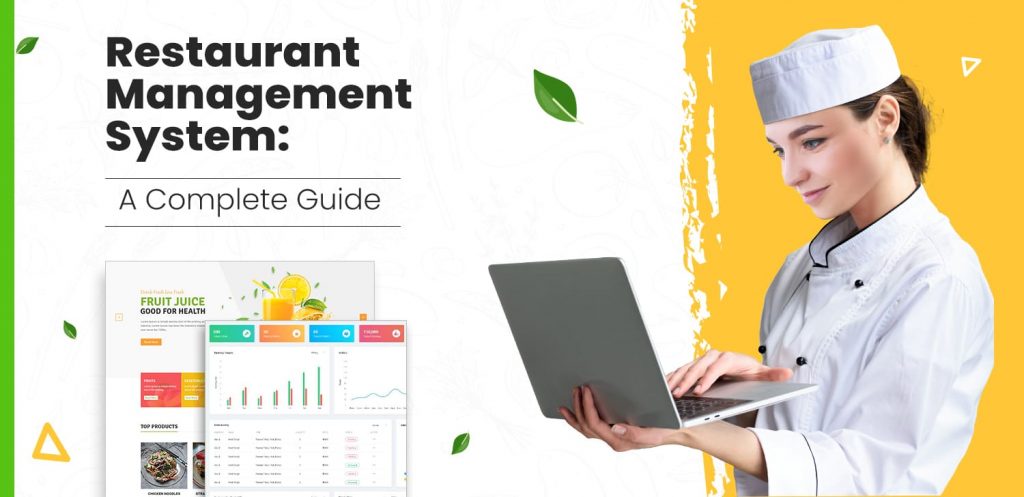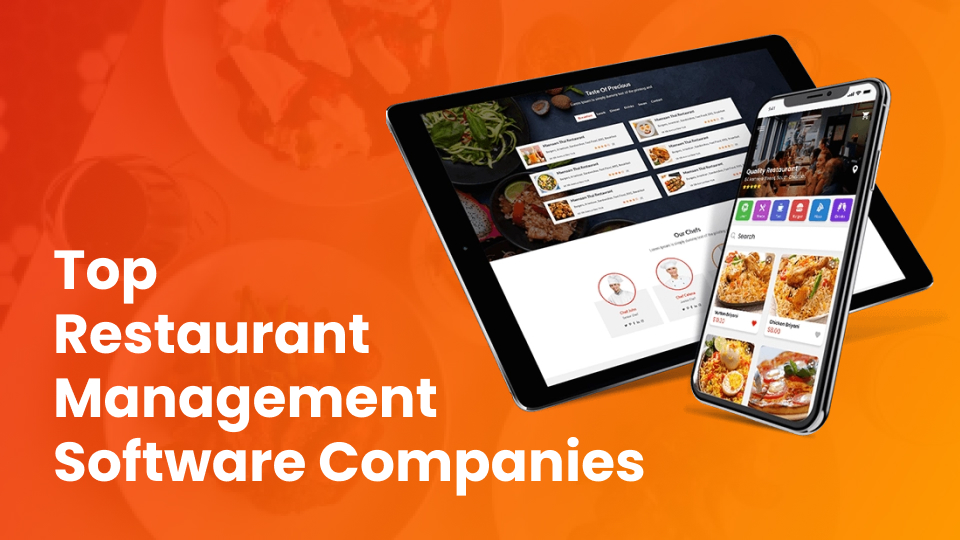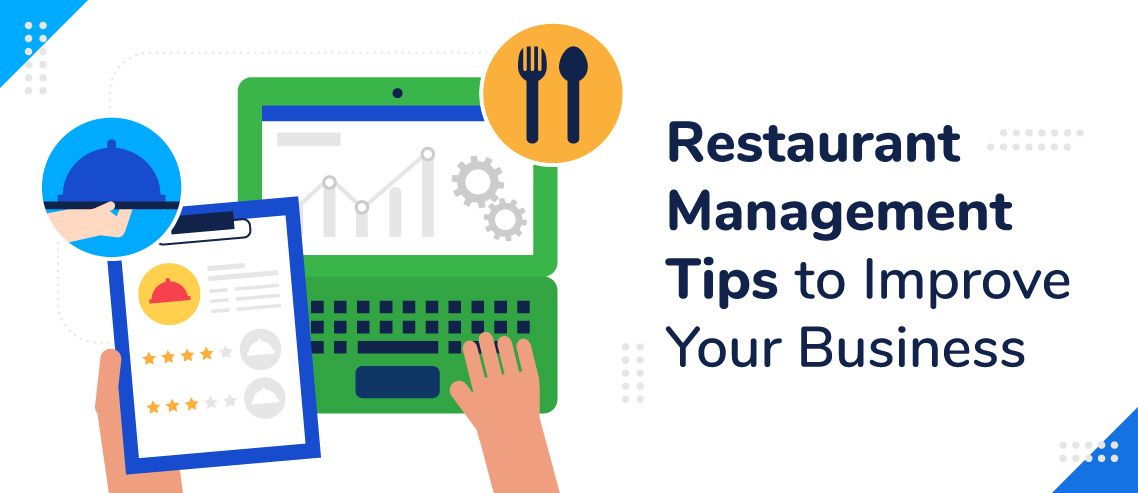How To Manage Small Restaurant Business

Small restaurant owners are facing unprecedented challenges. Managing costs and maintaining profitability requires a strategic and immediate approach.
This article provides actionable steps for small restaurant businesses to navigate the current economic climate and thrive, focusing on key areas like cost control, menu optimization, and customer engagement.
Understanding Key Challenges
The restaurant industry is highly competitive, and small businesses often operate on thin margins. Rising food costs, labor shortages, and changing consumer preferences add to the pressure.
According to the National Restaurant Association, food costs have increased by approximately 10% in the past year, significantly impacting profitability.
Cost Control Strategies
Effective cost management is critical. Negotiate with suppliers to secure better pricing on essential ingredients.
Minimize waste by implementing inventory management systems. Regularly analyze food usage and adjust ordering accordingly.
Reduce energy consumption by investing in energy-efficient equipment and practices. Simple measures like turning off lights when not in use can make a difference.
Menu Optimization
Analyze your menu to identify high-profit and low-profit items. Remove or revise dishes that are not performing well.
Consider offering seasonal specials that utilize locally sourced ingredients. This can reduce costs and attract customers interested in fresh, regional cuisine.
Implement strategic pricing based on item popularity and cost. A balanced menu caters to a variety of budgets and tastes.
Customer Engagement & Marketing
Building strong customer relationships is essential for long-term success. Utilize social media platforms to connect with customers and promote your restaurant.
Offer loyalty programs to reward repeat business. This encourages customers to return and spend more.
Gather customer feedback through surveys and reviews. Use this information to improve your menu, service, and overall dining experience.
Technology Adoption
Embrace technology to streamline operations and improve efficiency. Implement a point-of-sale (POS) system to track sales, manage inventory, and analyze customer data.
Utilize online ordering platforms to expand your reach and offer convenient options for customers. This can increase sales and improve customer satisfaction.
Consider using restaurant management software to automate tasks such as scheduling, payroll, and accounting.
Staff Management & Training
Invest in training your staff to provide excellent customer service. Well-trained employees can enhance the dining experience and improve customer loyalty.
Implement clear communication channels to ensure smooth operations. This includes regular team meetings and efficient task delegation.
Address employee concerns promptly and fairly. Employee satisfaction translates to better customer service and reduced turnover. Retention is key.
Financial Management
Maintain accurate financial records to track income and expenses. This allows you to identify areas where you can cut costs and improve profitability.
Develop a detailed budget and stick to it. Regularly review your budget and make adjustments as needed.
Seek professional advice from an accountant or financial advisor. This can help you make informed decisions about your business finances.
"Don't be afraid to ask for help," says John Smith, a restaurant consultant.
Next Steps
Small restaurant owners should immediately assess their current operational costs and identify areas for improvement. Implementing these strategies can lead to increased profitability and long-term success in a competitive market.




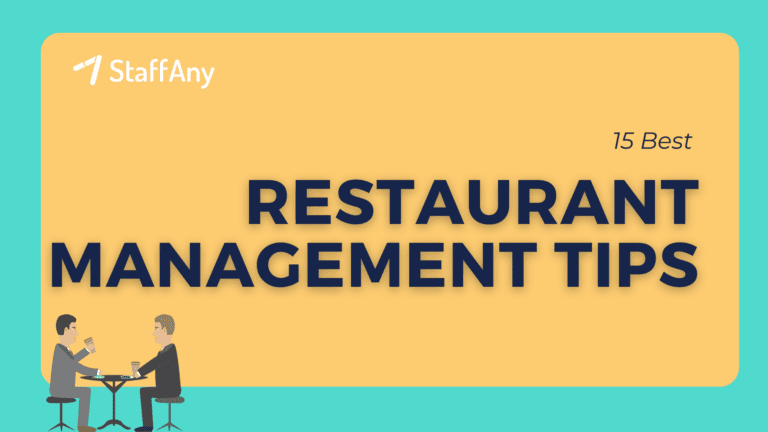

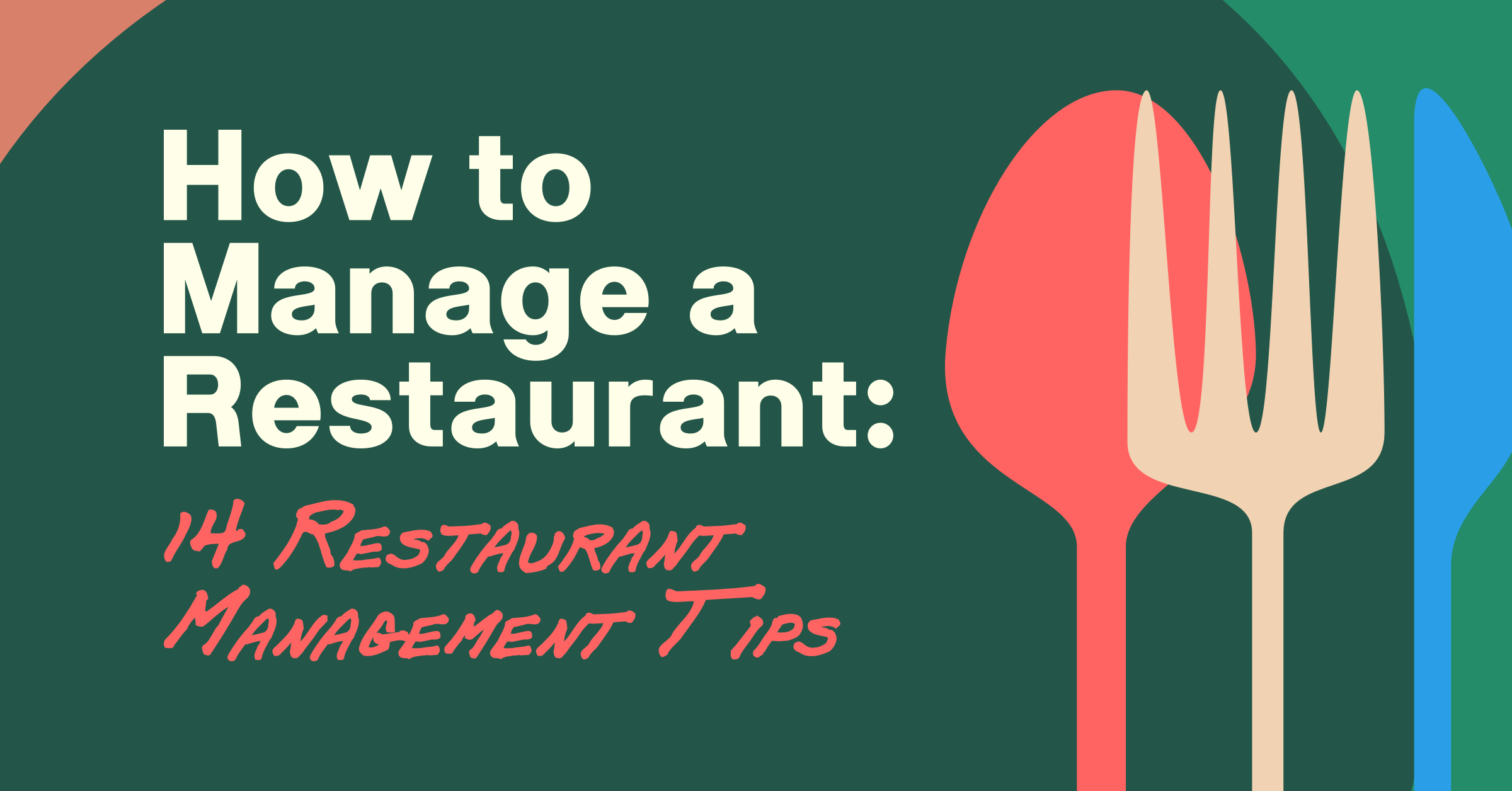

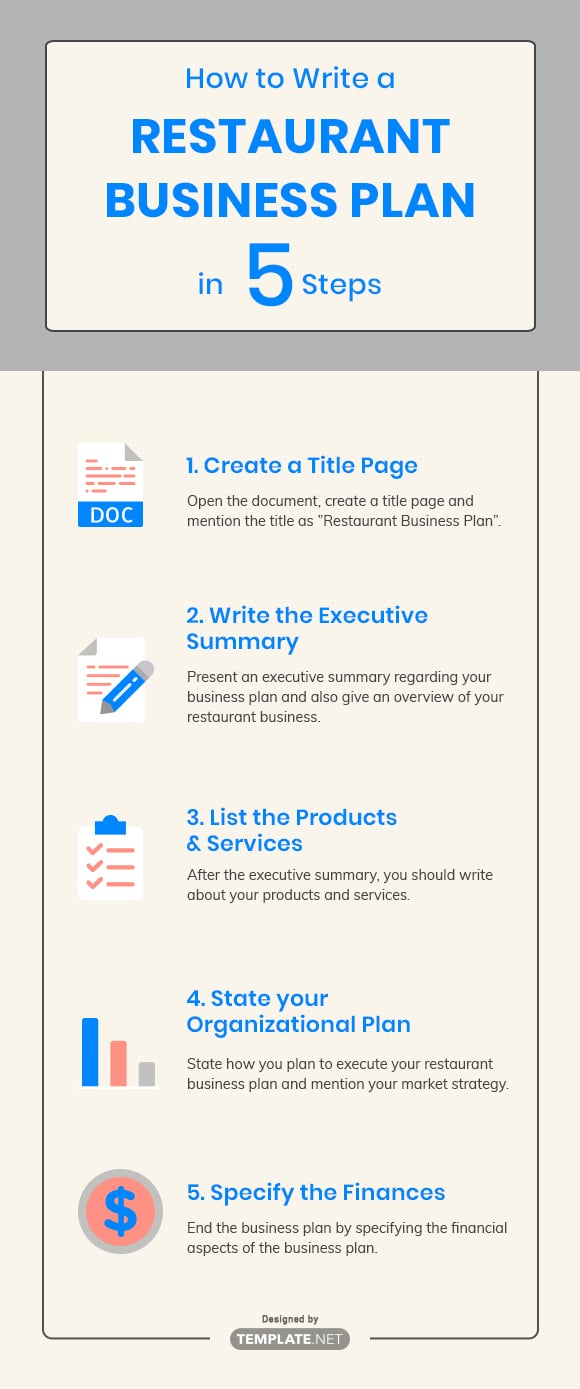


![How To Manage Small Restaurant Business Restaurant Organizational Charts [Examples]](https://www.imagelato.com/images/article-image-organizational-chart-small-restaurant-6583799b.jpg)
